Stir-fried shredded potatoes, known in Chinese cuisine as chǎo yángyǔ sī (炒洋芋丝), is a beloved dish that bridges simplicity and flavor. This humble recipe, rooted in home-cooked meals across Asia, transforms the humble potato into a crispy, tangy, and aromatic delight. While its preparation may seem straightforward, achieving the ideal balance of texture, seasoning, and visual appeal requires precision, patience, and an understanding of culinary fundamentals. This article delves into the intricacies of crafting the perfect stir-fried shredded potatoes, from selecting the finest ingredients to mastering advanced cooking techniques. Whether you are a novice cook or a seasoned home chef, this guide will equip you with the knowledge to elevate this dish from ordinary to extraordinary.
The Humble Potato: A Global Staple with Endless Potential
Before diving into the recipe, it is essential to appreciate the potato’s role in global cuisine. Originating in the Andes Mountains of South America, this tuber has traversed continents, adapting to diverse culinary traditions. In China, potatoes are celebrated for their versatility—they can be mashed, fried, roasted, or, as in this case, transformed into delicate shreds that meld with vibrant seasonings. The key to exceptional stir-fried shredded potatoes lies in selecting the right variety. Russet potatoes, with their high starch content and low moisture, are ideal for achieving a crispy exterior while maintaining a tender interior. Avoid waxy varieties like red or new potatoes, as their higher moisture content can lead to a soggy texture.
Ingredients: Quality Over Quantity
The beauty of stir-fried shredded potatoes lies in its minimalist ingredient list, which amplifies the natural flavors of each component. Here’s a breakdown of the essentials:
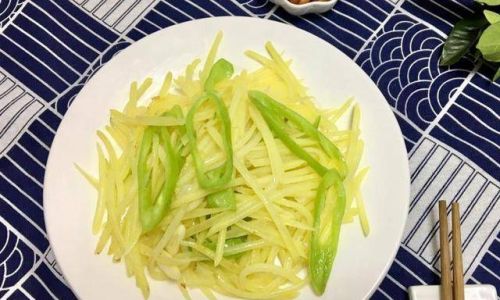
- Potatoes (2 large or 3 medium): As mentioned, opt for starchy varieties.
- Aromatics:
- Garlic (3–4 cloves): Minced or thinly sliced.
- Ginger (1-inch piece): Julienned for a subtle heat.
- Scallions (2 stalks): Separate white and green parts; chop whites finely and reserve greens for garnish.
- Vegetables (optional but recommended):
- Carrot (½ medium): Julienned for color and sweetness.
- Bell pepper (½): Thinly sliced for crunch.
- Seasonings:
- Soy sauce (1–2 tbsp): Use light soy sauce for saltiness; dark soy sauce adds color.
- Rice vinegar (1 tsp): Balances richness with acidity.
- Sugar (½ tsp): Enhances umami and caramelization.
- White pepper (¼ tsp): A pinch for warmth.
- Sesame oil (½ tsp): Drizzled at the end for aromatic depth.
- Fat:
- Neutral oil (2–3 tbsp): Peanut, vegetable, or canola oil works best.
- Chili oil (optional): For heat, add 1–2 tsp during cooking.
Preparation: The Foundation of Flavor
-
Potato Prep:
- Wash and peel: Scrub potatoes thoroughly to remove dirt. Peel using a vegetable peeler or paring knife.
- Shredding technique: Use a mandoline, food processor, or sharp knife to cut potatoes into matchsticks (2mm thick). Consistency is key—uneven shreds will cook unevenly.
- Soak in water: Immediately submerge shredded potatoes in cold water to prevent browning. Soak for 10–15 minutes to remove excess starch, which can cause clumping. Drain and pat dry with a clean kitchen towel.
-
Aromatic Prep:
- Mince garlic and ginger finely to ensure they meld seamlessly into the dish.
- Julienne scallion whites and reserve greens for a vibrant garnish.
-
Vegetable Prep:
Julienne carrots and bell peppers to match the potato thickness for even cooking.
Cooking Technique: The Dance of Fire and Wok
Stir-frying is a high-heat, quick-cooking method that demands precision. Follow these steps for flawless execution:
-
Heat the Wok:
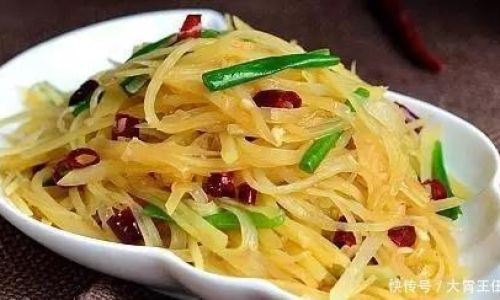
- Place a carbon-steel or cast-iron wok over high heat. Allow it to smoke lightly—this ensures optimal searing.
- Add oil and swirl to coat the wok’s surface. The oil should shimmer but not smoke.
-
Aromatics First:
Add garlic, ginger, and scallion whites. Stir-fry for 10–15 seconds until fragrant but not browned. Burnt aromatics will impart bitterness.
-
Potatoes and Vegetables:
- Drain potatoes thoroughly and add to the wok. Toss vigorously to coat with oil.
- Add carrots and bell peppers. Stir-fry for 2–3 minutes, using a wok spatula to keep the ingredients moving.
-
Seasoning:
- Drizzle soy sauce around the wok’s edge (not directly onto the ingredients) to create steam and enhance caramelization.
- Add rice vinegar, sugar, and white pepper. Toss to combine.
-
Deglaze (Optional):
For added moisture, splash 1–2 tbsp of chicken or vegetable broth into the wok. Scrape any browned bits from the bottom—these add depth.

-
Finish:
- Test for doneness: Potatoes should be tender yet crisp. Avoid overcooking, as they will turn mushy.
- Drizzle sesame oil and toss. Garnish with scallion greens.
Tips for Culinary Excellence
- Knife Skills Matter: Uneven shreds lead to uneven cooking. Invest in a sharp knife or mandoline.
- Starch Removal: Soaking potatoes is non-negotiable. Excess starch causes clumping and a gummy texture.
- Heat Control: Maintain high heat throughout cooking. Lower temperatures result in steamed, not stir-fried, potatoes.
- Seasoning Balance: Taste and adjust seasonings before serving. A pinch of salt or extra vinegar can elevate the dish.
- Garnish Creatively: Sprinkle with toasted sesame seeds, crushed Sichuan peppercorns, or a dash of chili flakes for complexity.
Common Pitfalls and How to Avoid Them
-
Soggy Potatoes:
- Cause: Inadequate starch removal or overcrowding the wok.
- Fix: Soak potatoes longer and cook in batches if necessary.
-
Burnt Aromatics:
- Cause: High heat or prolonged cooking.
- Fix: Add aromatics last or reduce heat slightly after searing.
-
Bland Flavor:
- Cause: Under-seasoning or skipping acidity.
- Fix: Use a ratio of 1 tbsp soy sauce to 1 tsp vinegar. Taste and adjust.
-
Uneven Cooking:
- Cause: Inconsistent shred thickness or uneven wok heat.
- Fix: Practice knife skills and ensure even heat distribution.
Variations to Explore
- Spicy Sichuan Style: Add doubanjiang (fermented chili bean paste) and Sichuan peppercorns. Top with crushed peanuts.
- Meat Lover’s Edition: Stir-fry ground pork or bacon before adding potatoes. The fat enhances richness.
- Vegan Twist: Use mushrooms or tofu for protein. Marinate tofu in soy sauce for depth.
- Herb-Infused: Toss in fresh cilantro, basil, or mint just before serving.
Serving Suggestions
Stir-fried shredded potatoes is a versatile side dish that complements a wide array of meals:
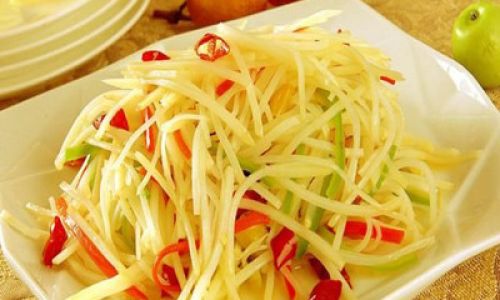
- Rice Bowls: Pair with steamed jasmine rice and a fried egg.
- Noodle Stir-Fries: Mix into chow mein or lo mein for added texture.
- Appetizer Platter: Serve with dumplings and spring rolls.
- Wraps: Fill lettuce cups or tortillas for a handheld snack.
The Science Behind the Crisp
Understanding the culinary science behind stir-frying can demystify the process. High heat (above 375°F/190°C) triggers the Maillard reaction, a chemical process that browns proteins and sugars, creating complex flavors. Simultaneously, the rapid evaporation of moisture from the potatoes’ surface ensures crispiness. Soaking potatoes removes surface starch, which would otherwise absorb oil and create a barrier to browning.
Cultural Significance
In Chinese households, stir-fried shredded potatoes is more than a dish—it’s a symbol of resourcefulness and nostalgia. During lean times, potatoes were a staple due to their affordability and shelf stability. Today, it remains a comfort food, often served during family gatherings or as a quick weekday meal. The dish’s adaptability reflects China’s culinary philosophy: transforming simple ingredients into something extraordinary through skill and care.
Conclusion: The Journey to Mastery
Stir-fried shredded potatoes is a testament to the idea that culinary excellence need not be complex. By mastering fundamental techniques—from knife skills to heat control—you can elevate this humble dish into a restaurant-worthy creation. Experiment with seasonings, embrace imperfections, and savor each crispy, tangy bite. Whether served alongside a hearty stew or as a standalone snack, this dish invites you to celebrate the art of simplicity. So grab your wok, sharpen your knife, and let the potatoes dance in the fire. Your taste buds—and your dinner guests—will thank you.
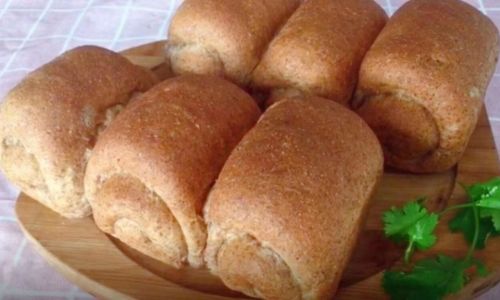

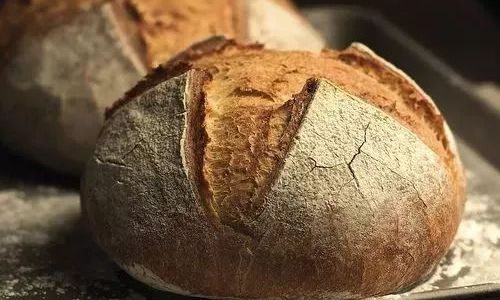
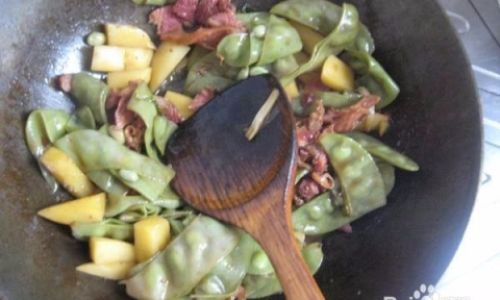
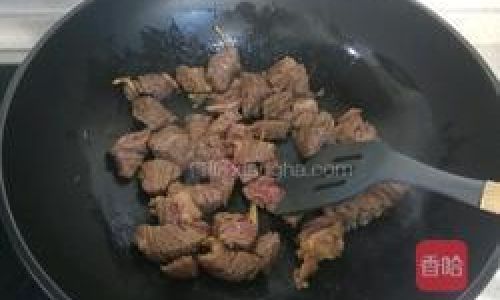
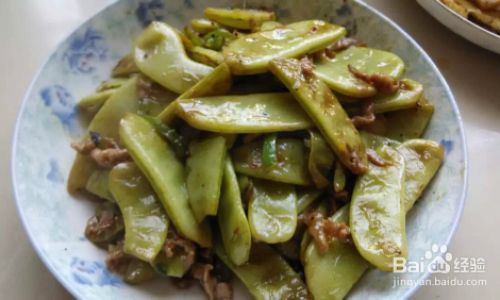
0 comments